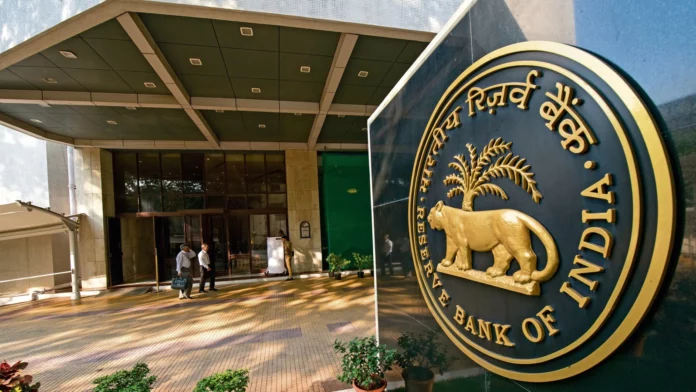It would appear that the Reserve Bank of India has increased its intervention in the forwards market to halt the rupee fall and protect the reserves it has worked so hard to accumulate. According to estimates provided by DBS Bank Ltd., the Reserve Bank of India has reduced the size of the forward-dollar book it maintains by $12 billion to $15 billion, down from approximately $64 billion at the end of April. According to Standard Chartered Plc, the authority allegedly has significantly intervened through forwards. According to Standard Chartered, the dollar-rupee one-year annualised forward premiums have dropped below 3 per cent for the first time in a decade as a direct result of the intervention strategy employed by the RBI.
“Rather than withdrawing big amounts from reserves anytime the currency is under pressure; they are now liquidation those outstanding futures,” CR Forex’s managing director, Amit Pabari, was reported as saying. He went on to say that the forwards were designed to absorb the force of occurrences such as the current one. As a result of the Federal Reserve’s interest-rate hikes, increasing amounts of money are moving from developing countries to the United States, increasing the pressure exerted on the currencies of emerging markets. The value of the rupee decreased by more than 5 per cent so far in 2018, and on Wednesday, it reached a new all-time low of 78.3862. On Thursday, it had a gain of 0.2 per cent.
Besides the RBI’s existing spot reserves, a sizeable forward dollar book is an additional buffer for the central bank’s operations. To reduce the amount of money taken out of the country, Governor Shaktikanta Das has stated that the central bank employs a multi-pronged intervention strategy. When the Reserve Bank of India (RBI) intervenes in the spot market to prevent further depreciation of the rupee, it reduces the amount of liquidity in the interbank market by selling dollars and buying rupees. And then, on the spot settlement day, in the futures market, they conduct something usually called a buy-sell swap to balance off the liquidity’s impact.
One-year annualised forward premiums for the dollar and rupee were 2.86 per cent on Wednesday, the lowest level since November 2011. This may stimulate demand for local debt despite strong returns, reducing overseas investors’ hedging costs.
Although $27 billion has been taken from Indian equities markets this year, most strategists are pessimistic about the currency. The Bank of America predicts the exchange rate to fall to 81 cents by year’s end. The author is bearish on the rupee in the current global context, where the dollar is strong, and commodity prices are high. ” Parul Mittal Sinha is head of Standard Chartered’s Indian business.
Follow and connect with us on Facebook, LinkedIn & Twitter.

